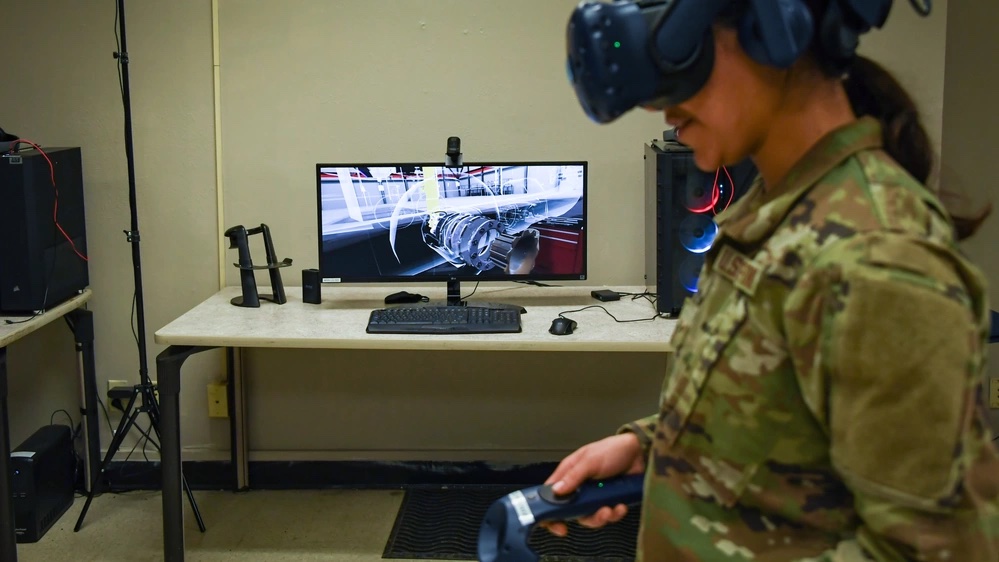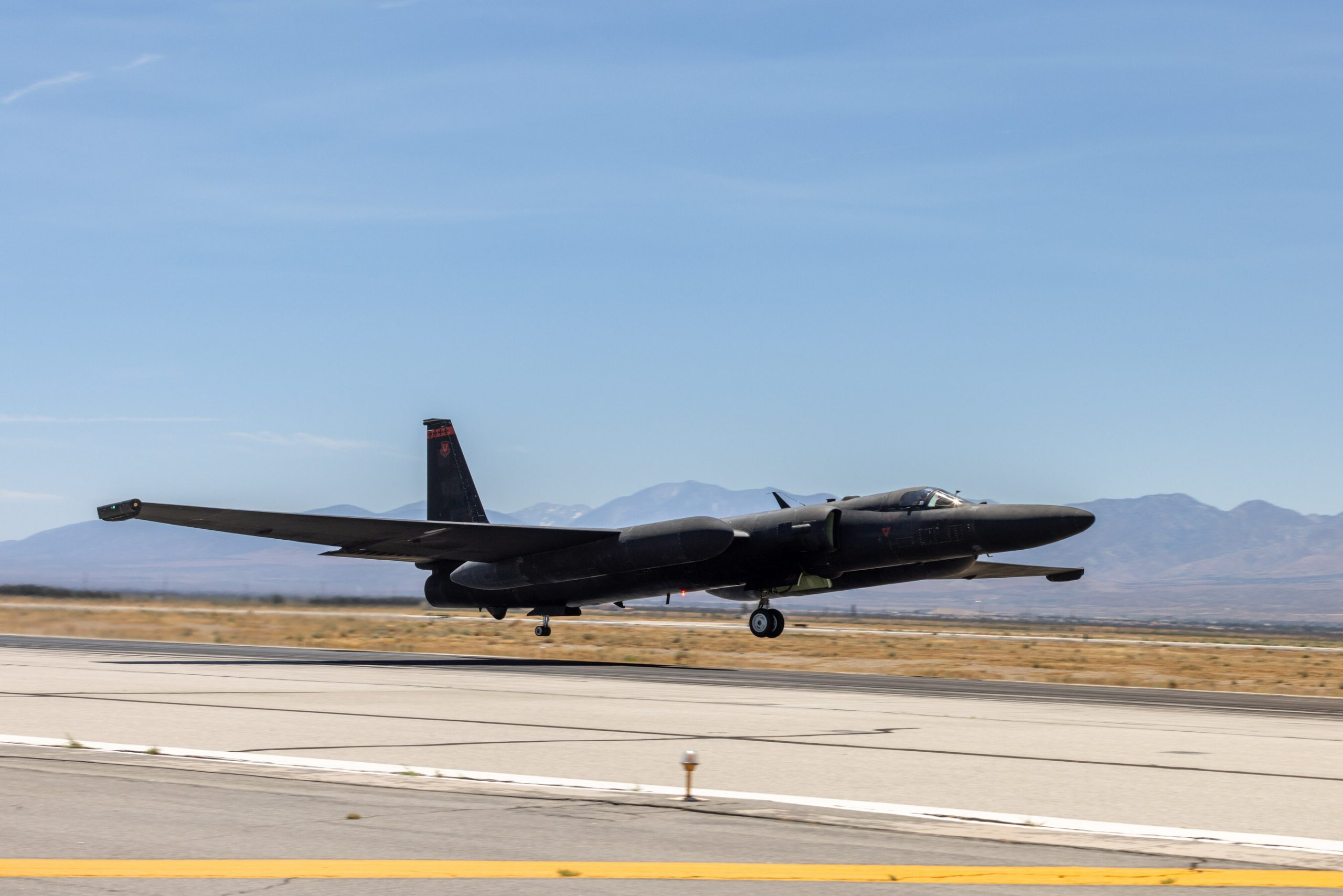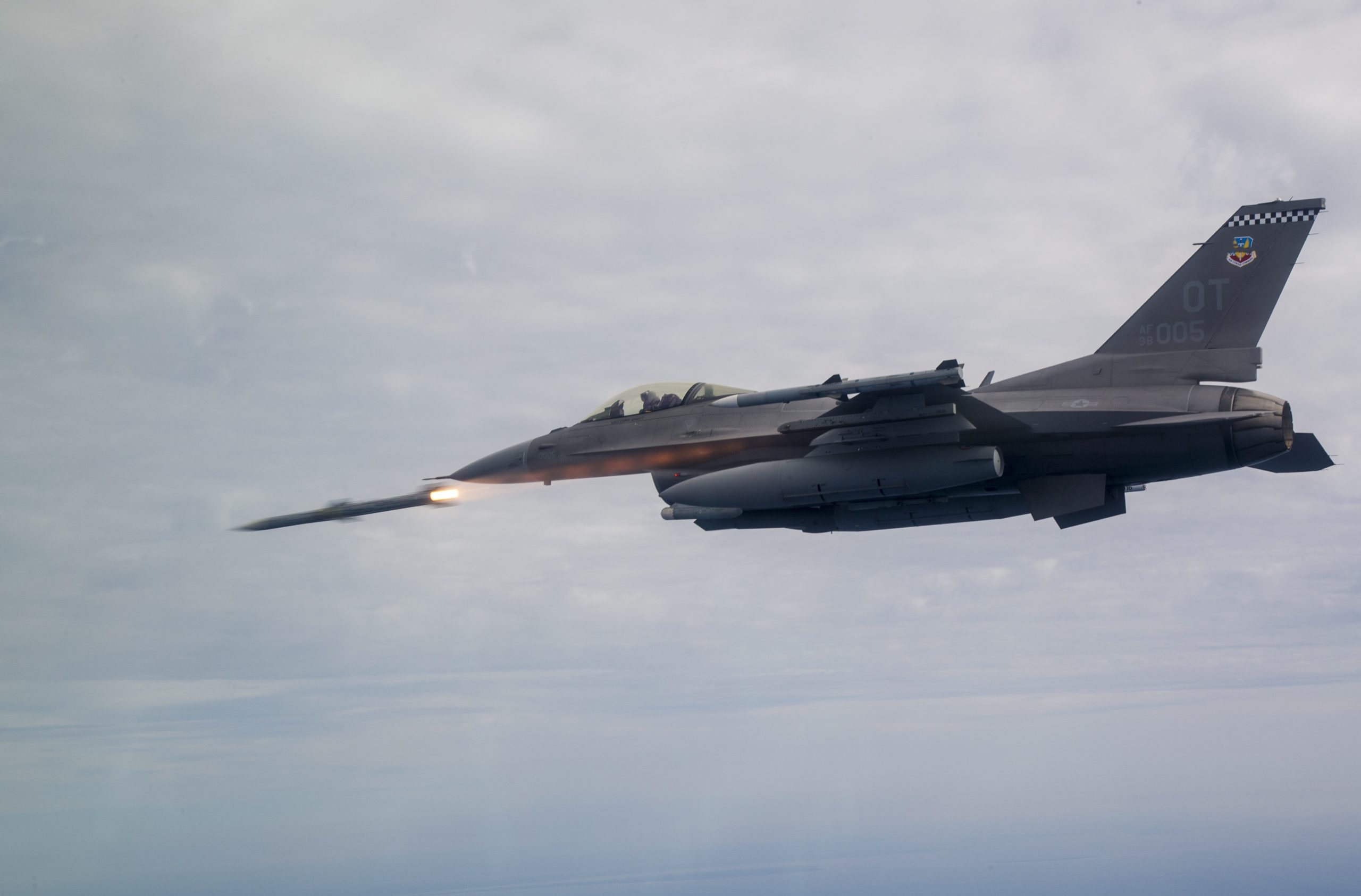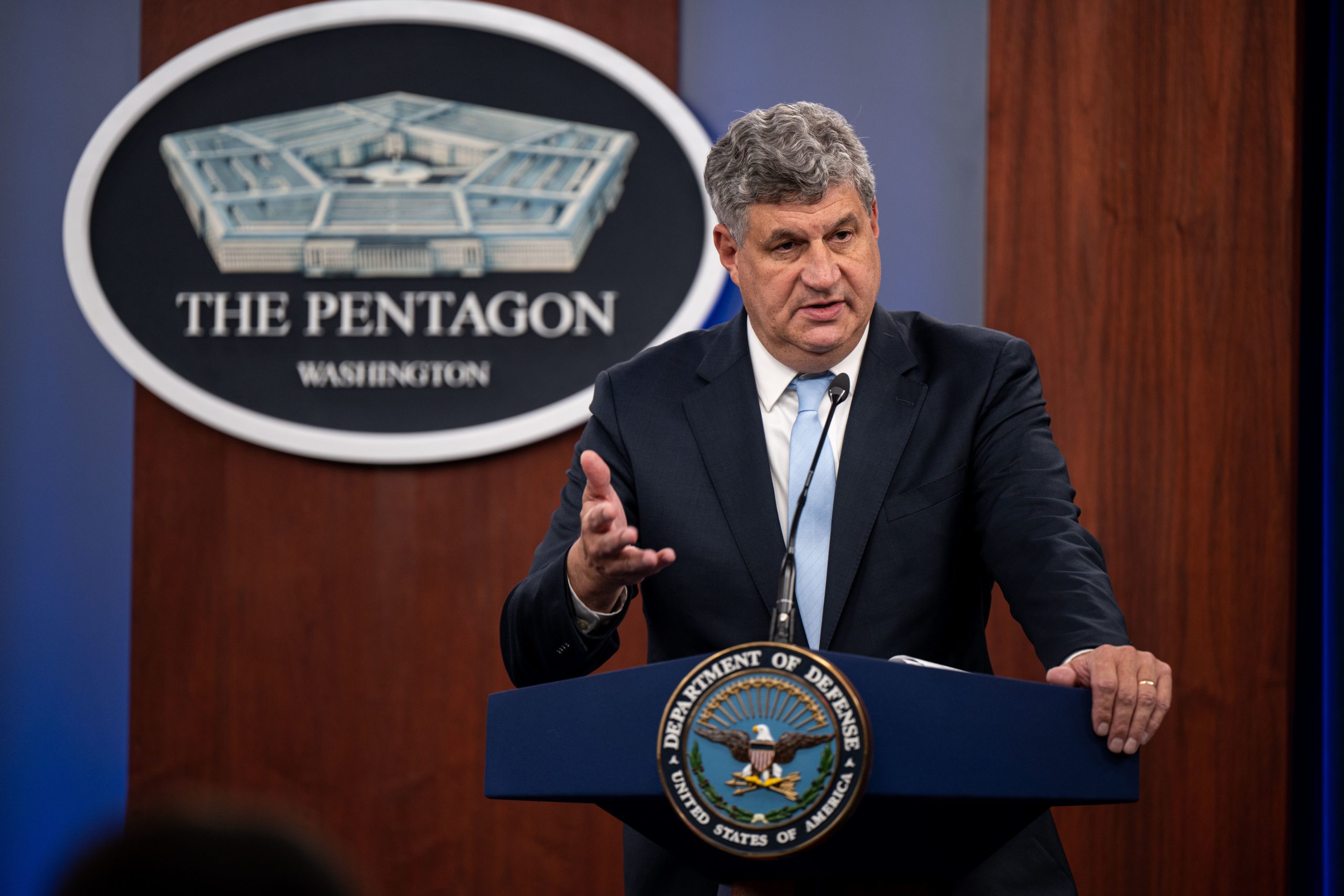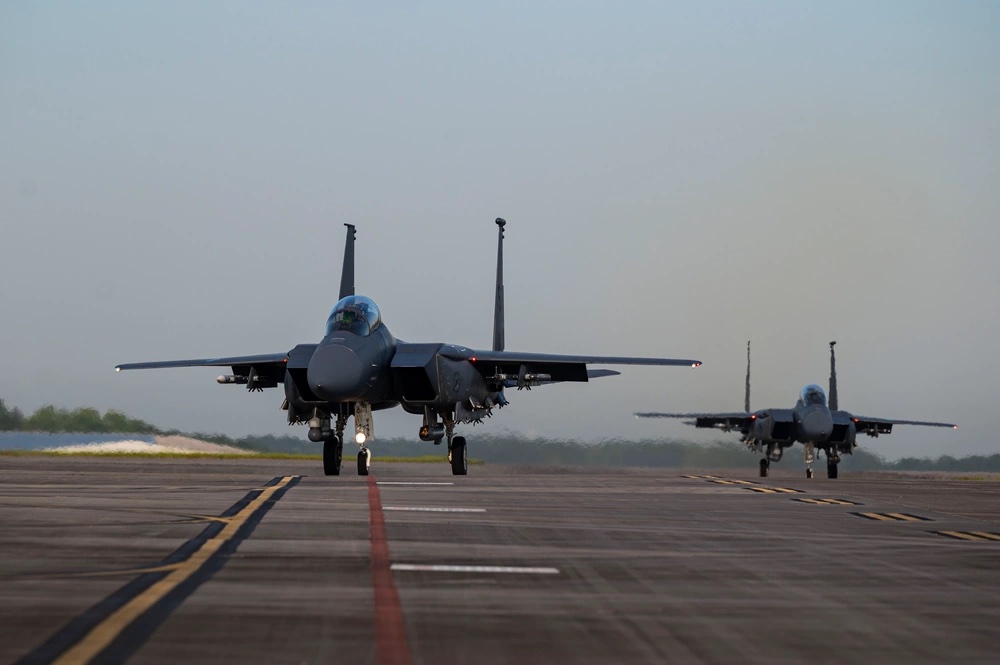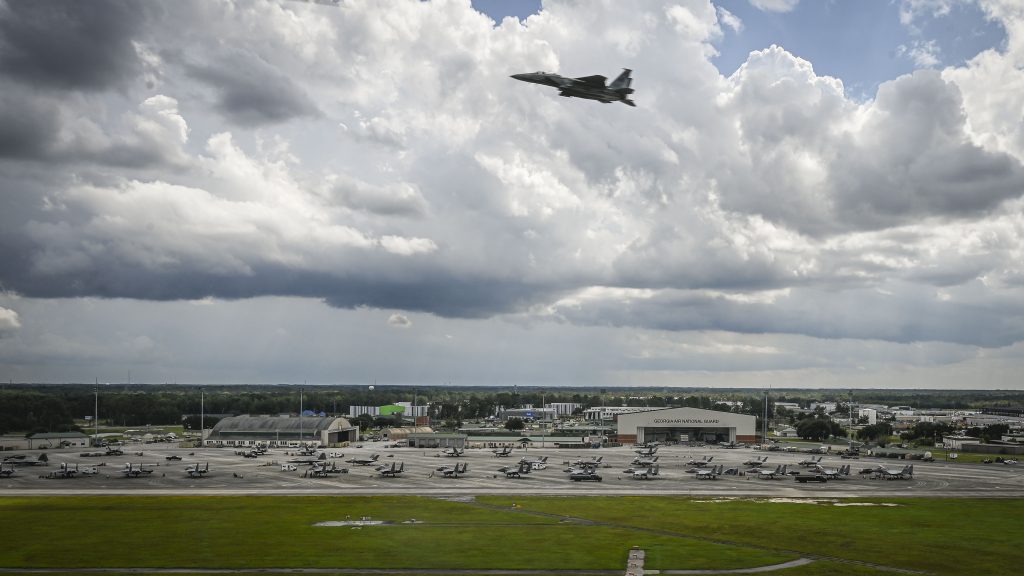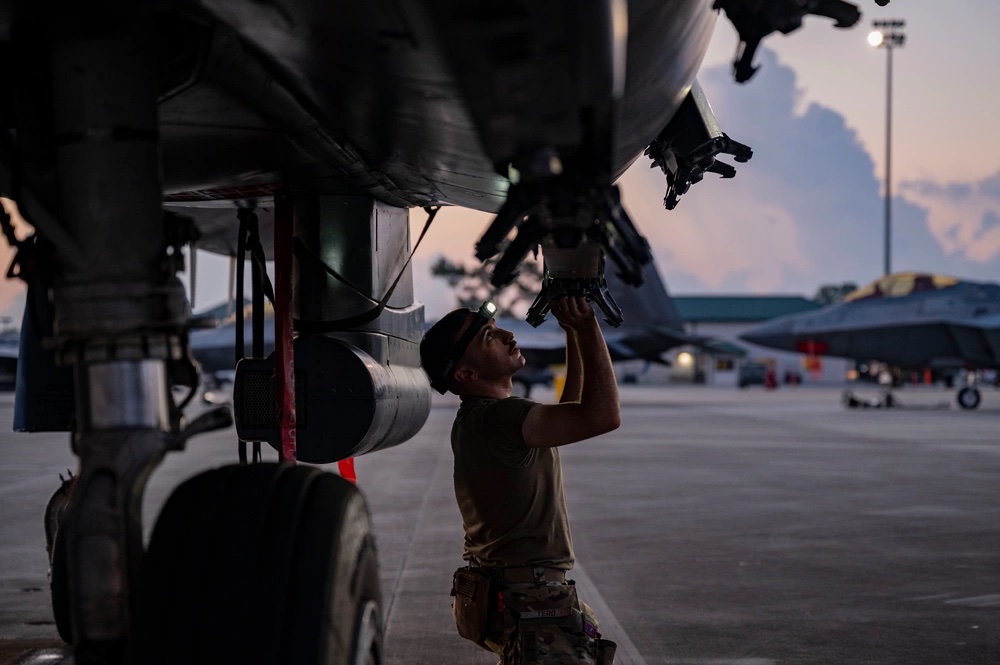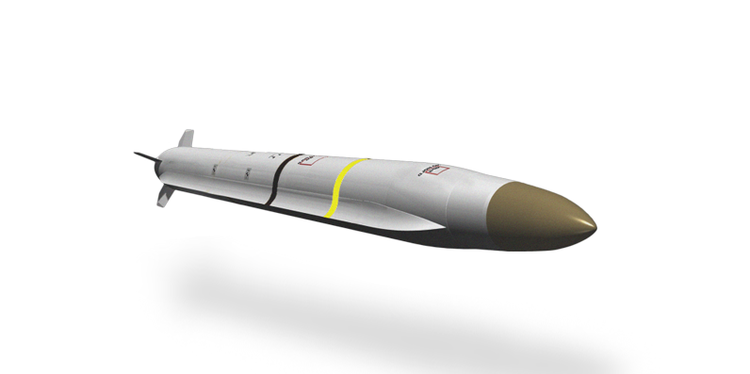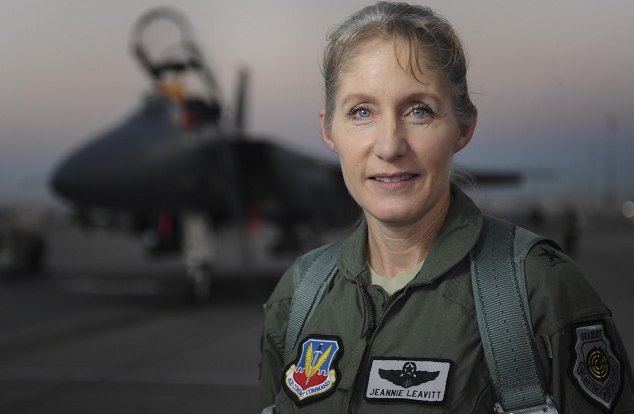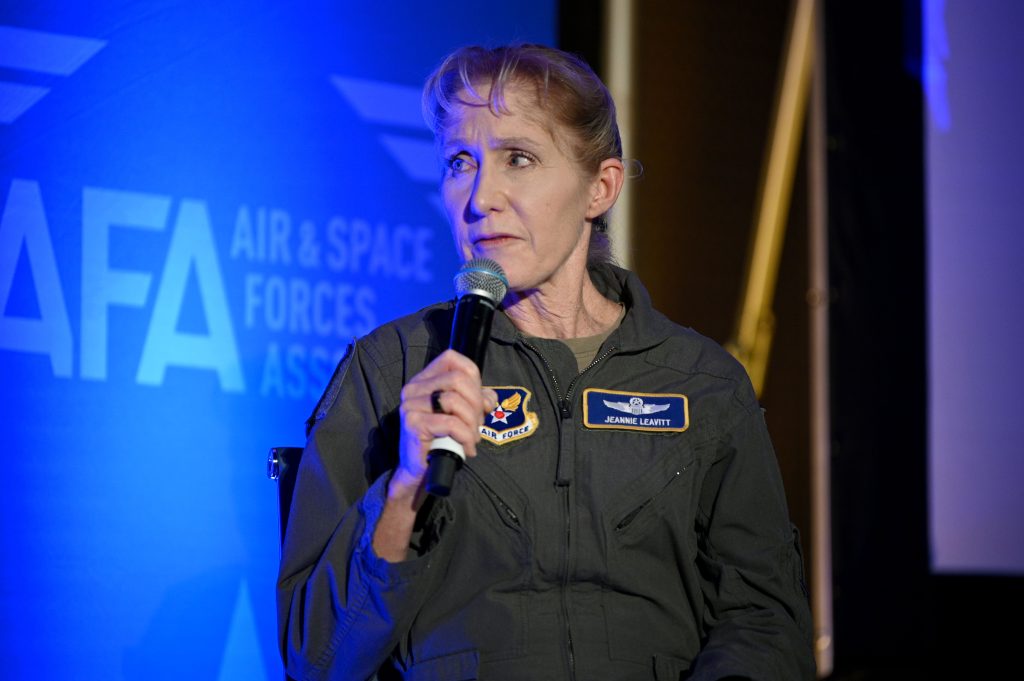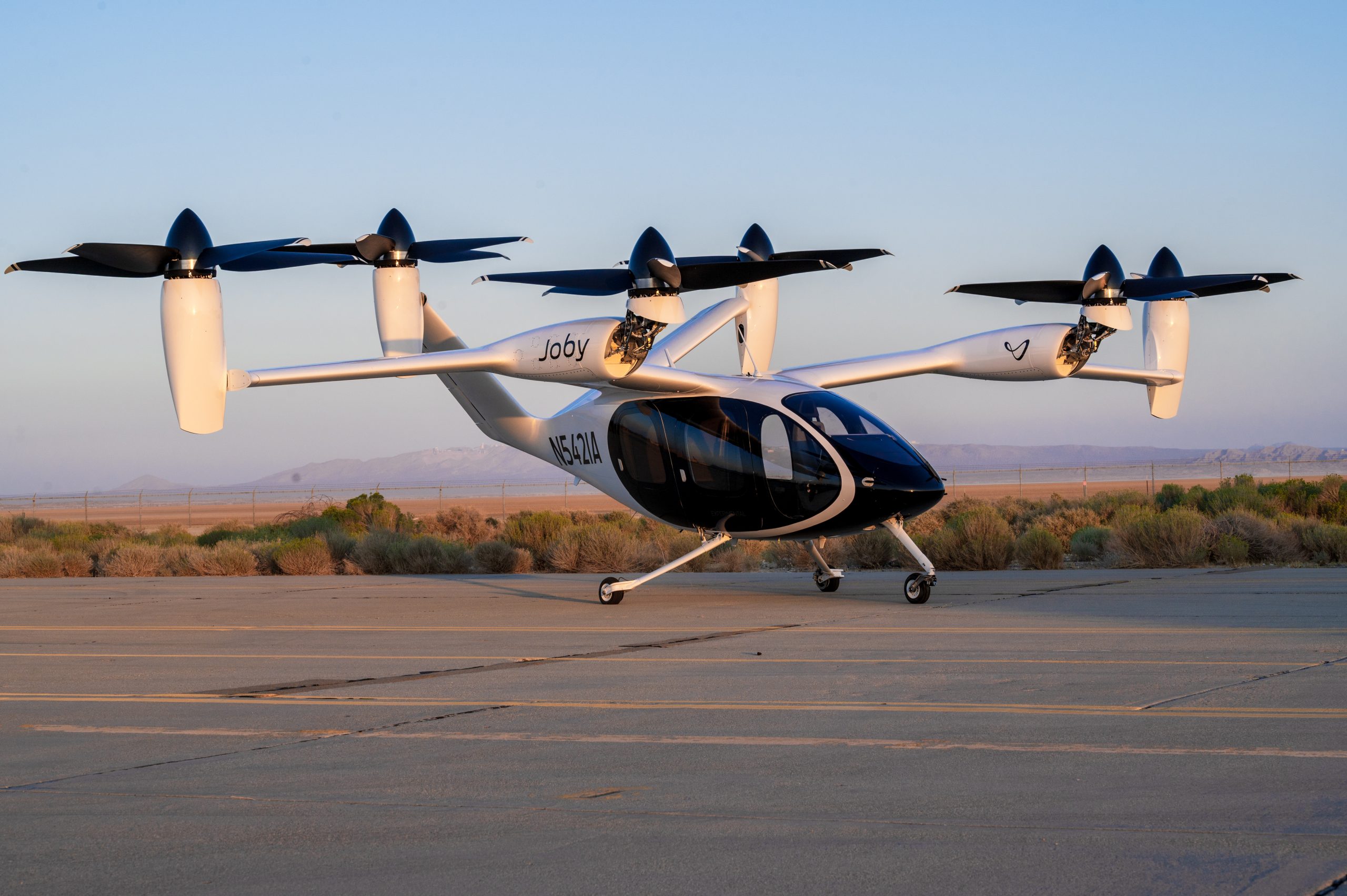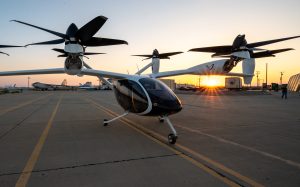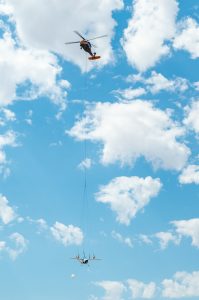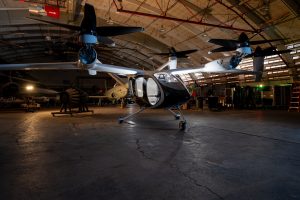The Second Air Force, which oversees BMT, tech school, and other training programs, wants to move its enlisted technical training beyond classrooms and PowerPoint slides, but first it must implement what many civilian schools take for granted: free, widespread wireless internet access.
Many students at tech school, where enlisted Airmen train in their job specialties after Basic Military Training, have to pay $55 per month for Wi-Fi in their dormitories, without which they have limited access to coursework.
“They should be able to learn on demand anytime, anywhere, whenever they’re ready to do it,” Maj. Gen. Michele Edmondson, commander of the Second Air Force, told reporters on Aug. 22. “If they want to go back to their dormitory or sit outside at a picnic table and practice what they learned that day or prepare for a lecture the next day, we give them an environment where they can do it.”
Six locations within Air Education and Training Command (AETC), to which the Second Air Force belongs, now provide Wi-Fi in dormitories at no cost to Airmen. Two new investments of $18.5 million and $25.8 million should expand that access to new locations. All of AETC’s 15 main training locations are expected to be online by the end of fiscal year 2024, followed by geographically separated units.
Expansion is expensive; installing no-cost Wi-Fi at Sheppard Air Force Base, Texas, alone took $6.5 million. But officials there say it has improved student retention and attention in and out of class. Edmondson said campus-wide Wi-Fi is the foundation for modernizing tech school.
“We can make the environment something they’re used to learning in, rather than saying, ‘come sit in a brick and mortar classroom eight hours a day, in a desk, with an instructor standing in front of you with a whiteboard and PowerPoint slides,’” she told reporters. “That’s not how they’ve been learning in school.”
The general referenced her own 13-year-old daughter answering science questions while watching video lessons at home. The Second Air Force must adapt to the learning model its trainees grew up with so that Airmen can hit the ground running when they arrive at tech school, Edmondson said.
“I’m not saying that we’re going to 100 percent across the board look like every high school classroom in America, but there is a lot of goodness we can learn from that,” she said.
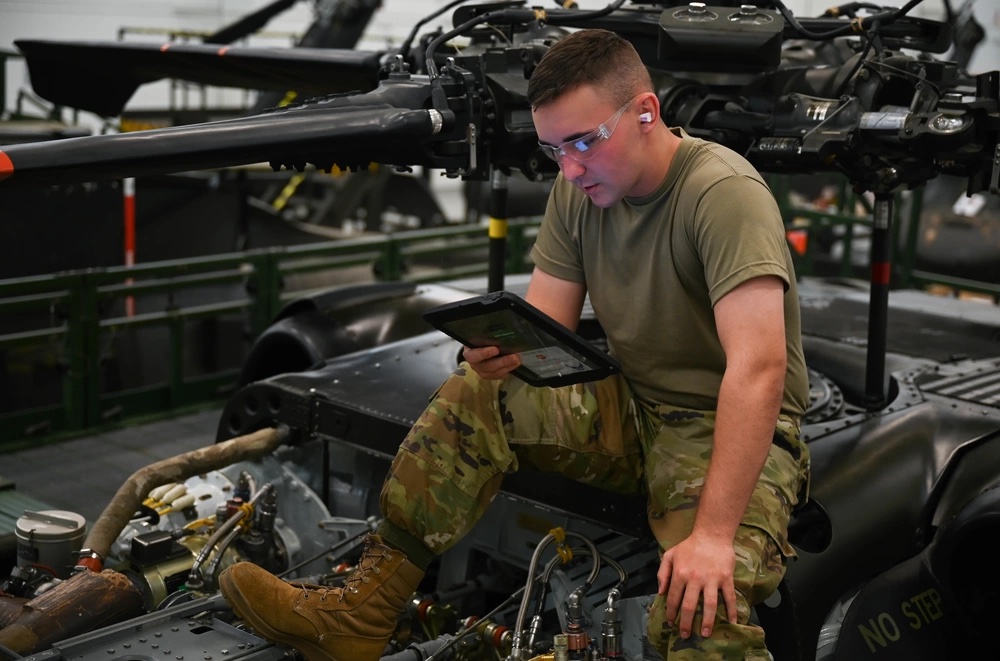
The Second Air Force is pursuing several changes to make enlisted education more personalized, such as allowing instructors to tailor the training pace to each Airmen and giving Airmen access to course materials through tablets, audiobooks, videos, or augmented or virtual reality.
The personalized model is showing promise at Keesler Air Force Base, Miss., where cyber Airmen have “a degree of choice about direction and pace of their pathway, which often results in completing the curriculum more quickly than in the past,” Edmondson told Air & Space Forces Magazine. Some students with previous cyber experience are graduating early after demonstrating they have the skills to do so.
Wider access and self-paced learning also seems to be making a difference at Sheppard, where maintenance trainees interact with virtual C-130 aircraft. Instructors are seeing improved performance compared to students in the past, who were limited to purely hands-on interaction with aircraft.
“The Airmen, when it came to doing their hands-on tasks throughout tech school here, were far more competent,” Tech. Sgt. Kyle Ingram, a curriculum development writer at Sheppard, said in a 2022 press release. “They knew exactly where to go and what to do on that aircraft right then and there. You only had to tell them what to do, and then they knew exactly where to go and what to do in that procedure.”
Edmondson said her command has learned much from the 19th Air Force, which oversees flying training and recently reformed undergraduate pilot training with a greater emphasis on self-paced learning, virtual reality, artificial intelligence, and increased simulator time. A key takeaway was developing faculty to keep pace with the new technology, new changes, and to “understand the ‘why’ behind what we’re doing,” she said.
Other changes are in the works. One idea is to use artificial intelligence to analyze Airmen’s learning records and give commanders real-time knowledge of “the training readiness of the force,” one press release explained. A unit of AETC known as Detachment 23 is building an application within the learning management system myLearning called MOTAR (Member Operations Training Analysis Reporting) to pursue that idea.
“Our vision, all the way up to the Air Force chief of staff, is for commanders to be able to log in on one system and view their commander dashboard,” detachment commander Maj. Jesse Johnson said in the release. “This is going to tell them the readiness of the entire force right then and there.”
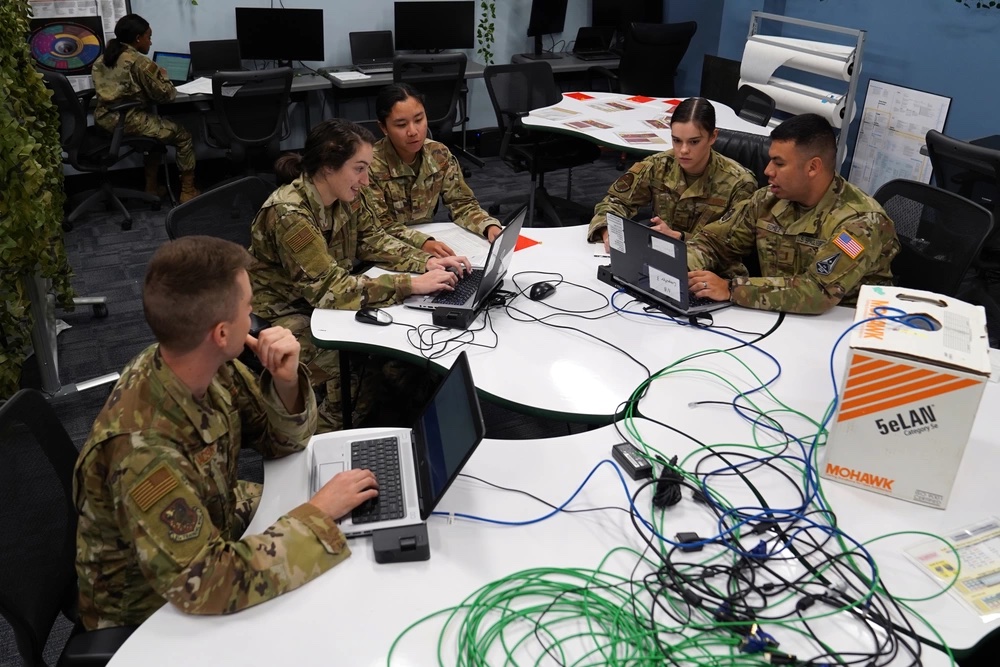
Edmondson also hopes to integrate nutrition, sleep hygiene, and physical fitness into tech school so that any health gains made by Airmen in BMT do not stop after graduating. But pursuing all these efforts will take time, money, and, in some cases, major renovation of the Air Force’s IT infrastructure, which many critics say is outdated and dysfunctional.
“Current informational technology infrastructure does not support the most relevant existing or emerging instructional approaches and technologies due to limited connectivity, access, speed and reliability,” Marilyn Holliday, a spokesperson for AETC, told Air & Space Forces Magazine.
Not all changes will be high-tech: even just having tables with dry-erase boards can “completely change the dynamics of a classroom,” Edmondson said. Still, from now through mid-fiscal 2024, the Second Air Force will be focused on modernizing its facilities by expanding access to Wi-Fi and possibly remodeling or building anew.
With modern infrastructure in place, Edmondson wants fiscal 2025 to be a year of “aggressive transformation.” Within five years, she hope all technical training units will be up to speed and ready to keep pace with evolving modern weapon systems.
The command has spent about $35 million over the past fiscal year focusing on Wi-Fi and classroom and infrastructure updates, with another $57 million earmarked in fiscal year 2024. The Second Air Force is targeting maintenance, security forces, cyber, and intelligence training for now, but the scope could expand in the future. The command oversees about 16,000 tech school students across 265 Air Force specialty codes.
“It’s a monumental undertaking, so this isn’t something that is going to happen overnight,” Edmondson said. “I think we’re really optimistic though … five years from now, holistically this enterprise is going to look significantly different.”
